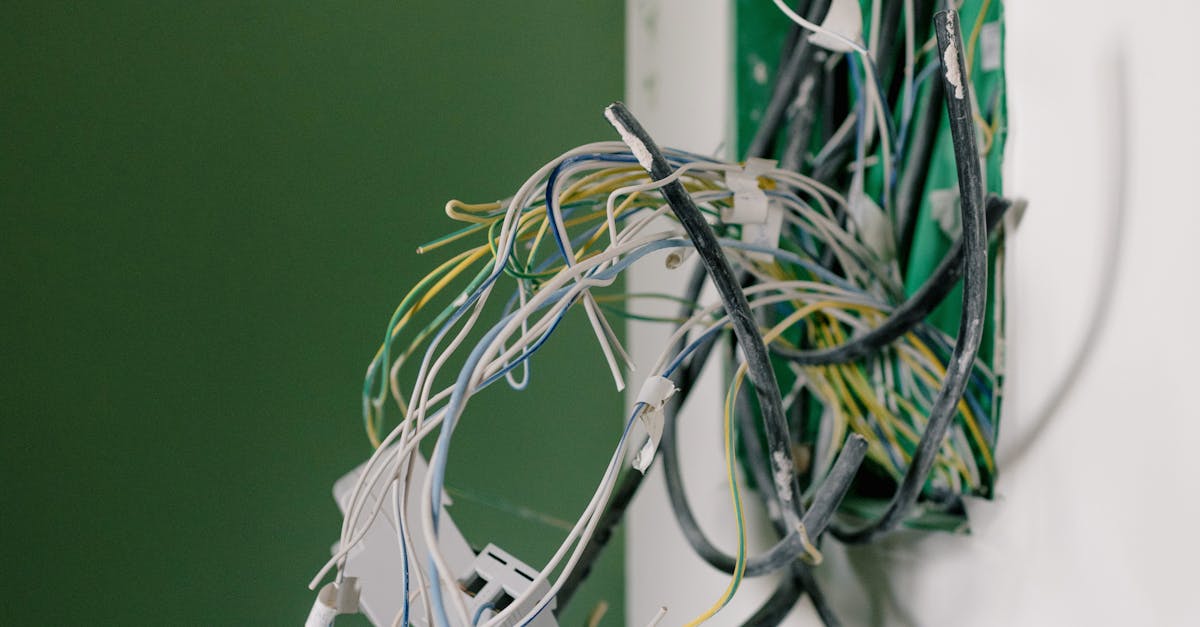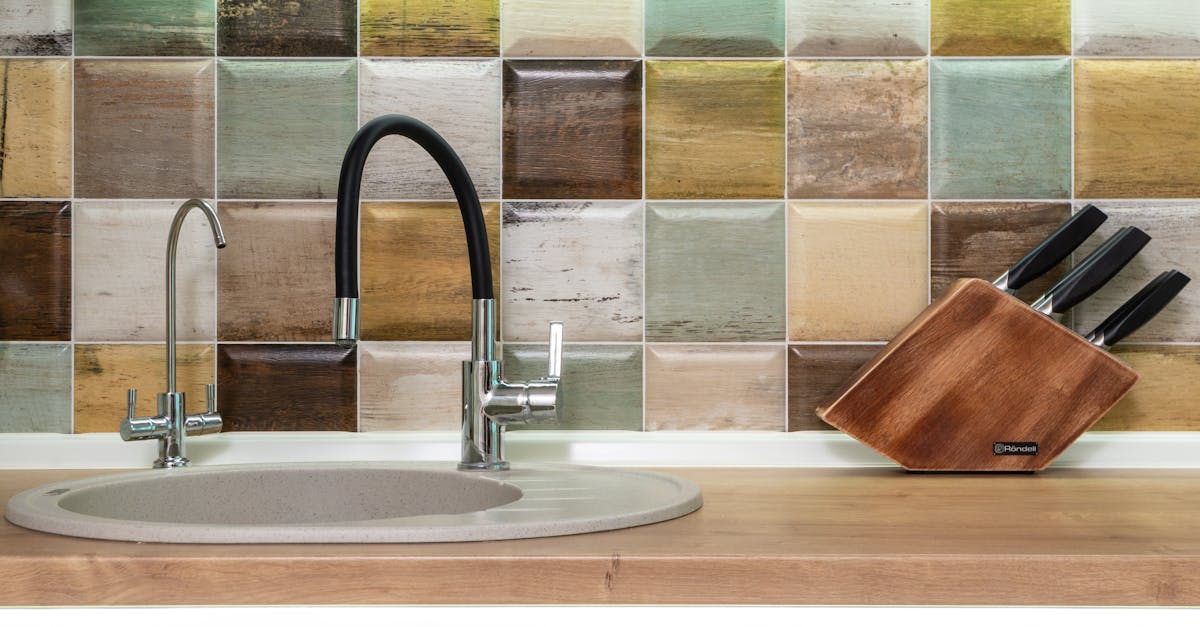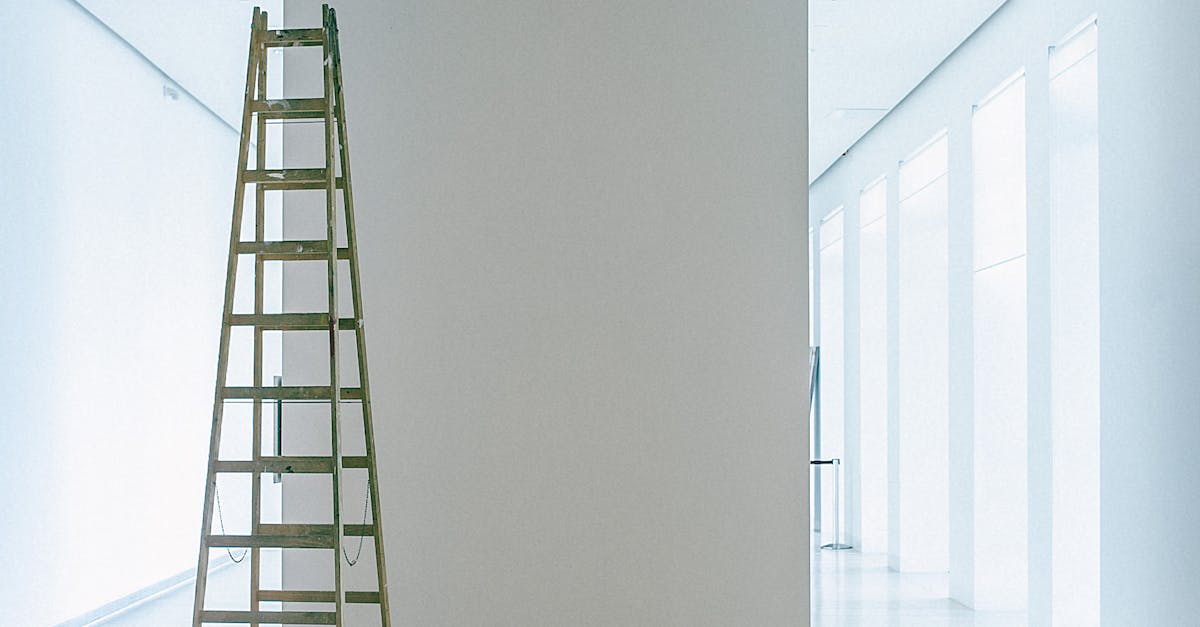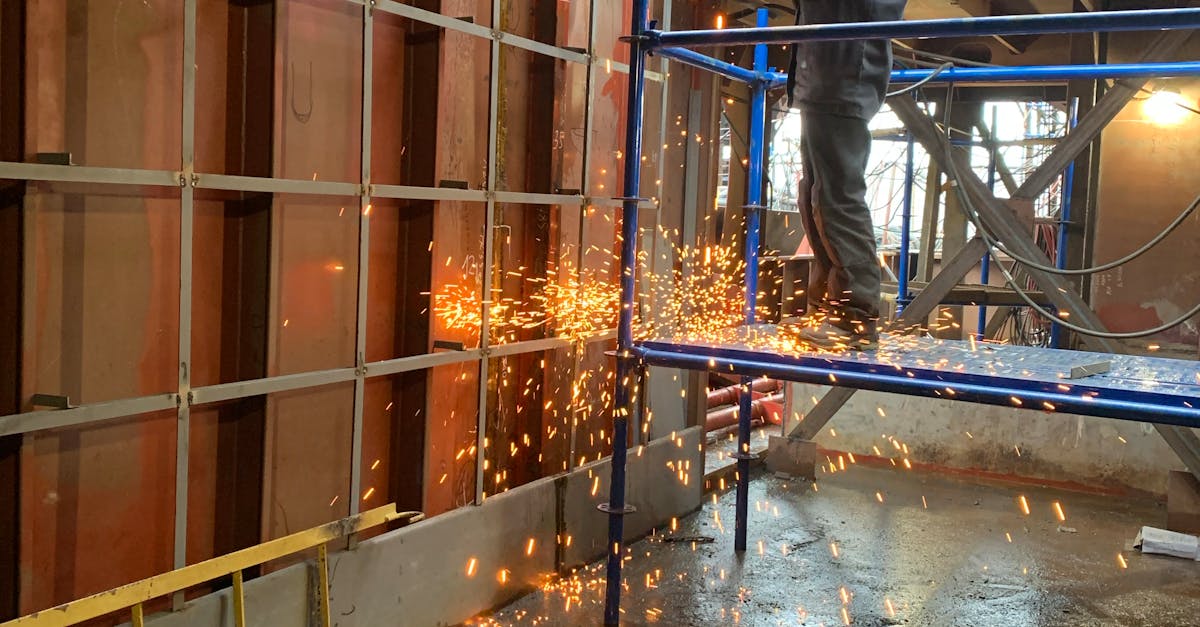
Table Of Contents
Connecting the Line to the Main Sewer System
To connect the new sewer line to the main sewer system, it is crucial to start by ensuring that the two pipes align correctly and securely. This alignment is essential to prevent any potential leaks or blockages in the future. Once aligned, the next step involves securely connecting the new line to the main sewer system using the appropriate connectors or fittings. Proper sealing of the connection point is necessary to prevent any leaks or infiltration of unwanted debris.
The final step in connecting the line to the main sewer system involves conducting a thorough inspection to guarantee that the connection is secure and leak-proof. This step is critical in ensuring the overall effectiveness and efficiency of the sewer system. Sewer line installation and repair require attention to detail and precision to prevent any potential issues that may arise in the future.
Joining the New Line to the Existing Network
To join the new sewer line to the existing network, careful planning and precision are essential. Begin by cutting into the existing main sewer line using the appropriate tools to ensure a clean and precise opening. Once the cut is made, the new line should be securely connected using the required fittings and adapters to guarantee a watertight seal. It is imperative to verify that the connection is secure to prevent any leaks or future issues. After the connection is made, it is vital to conduct a thorough inspection to confirm that the junction is correctly aligned and sealed to ensure optimal functionality.
Sewer line installation and repair require expertise and attention to detail. By following the correct procedures and guidelines, including accurately joining the new line to the existing network, the overall functionality and reliability of the sewer system can be maintained or improved. Adhering to the necessary steps during this process will help prevent potential complications and ensure a smooth and effective sewer line setup.
Backfilling and Compacting
Once the sewer line has been securely connected to the existing network, the next crucial step is backfilling and compacting the trench. This involves carefully refilling the trench with soil in layers, compacting each layer to ensure that the ground is stable and able to support the newly installed sewer line. Proper backfilling and compacting is vital to prevent future issues such as settlement or damage to the line.
Sewer line installation and repair projects require meticulous attention to detail during the backfilling and compacting process. It is essential to use the appropriate equipment and techniques to compact the soil effectively without causing damage to the sewer line. By following best practices for backfilling and compacting, you can ensure the long-term stability and functionality of the sewer system.
Filling the Trench and Ensuring Stability
Filling the trench after laying down the sewer line is a crucial step in ensuring the stability and longevity of the system. Adequate backfill material, such as gravel or sand, needs to be used to support the pipe and prevent it from shifting or settling over time. The trench should be filled in layers, compacted periodically to promote proper settling, and then topped off with soil that matches the original ground level.
Sewer line installation and repair require attention to detail during the filling of the trench to prevent future issues. It is essential to backfill the trench evenly on both sides of the pipe to avoid putting uneven pressure on the line, which could lead to breakage or leaks. Ensuring stability through proper filling techniques is key to maintaining the structural integrity of the sewer system for years to come.
Testing the Line
Testing the sewer line is a crucial step in ensuring its functionality and longevity. To commence this process, pressure tests are conducted to assess the integrity of the newly installed line. This involves pressurising the system to the required levels and monitoring for any drops, which could indicate potential leaks. Following this, leak tests are carried out to further scrutinise the system for any faults or defects that may compromise its efficiency. These tests help in identifying and rectifying any issues before the sewer line is put into operation, thus preventing future complications.
Sewer line installation and repair necessitate careful and meticulous testing to guarantee optimal performance. By adhering to stringent testing protocols, such as pressure and leak tests, one can be assured of a properly functioning sewer system. It is imperative to conduct these tests diligently to safeguard against potential leaks or failures, ultimately ensuring the reliability of the sewer line for years to come.
Conducting Pressure and Leak Tests
Pressure and leak tests are critical steps in ensuring the efficiency and durability of sewer line installations. These tests help to identify any potential weaknesses in the system that could lead to leaks or other issues down the track. By conducting thorough pressure and leak tests, professionals in the field of sewer line installation and repair can certify that the newly installed line meets the required standards and specifications.
During pressure tests, the sewer line is pressurised to gauge its ability to withstand the normal flow of wastewater without any leaks or disruptions. This test involves checking for any unexpected drops in pressure, which could indicate a leak somewhere along the line. Leak tests, on the other hand, involve introducing a coloured dye into the system to detect any leaks that may be present. These meticulous procedures are crucial in guaranteeing the functionality and longevity of the sewer line.
FAQS
What is involved in connecting the sewer line to the main sewer system?
When installing a sewer line, connecting it to the main sewer system involves digging a trench, laying the pipe, and ensuring a proper alignment for a secure connection.
How do you join the new sewer line to the existing network?
To join the new sewer line to the existing network, the pipes must be properly aligned, and the connection should be sealed using appropriate fittings and techniques to prevent leaks and ensure proper flow.
What is the process of backfilling and compacting the soil around the sewer line?
After the sewer line is in place, backfilling involves filling the trench with soil and compacting it to provide support and stability to the pipe. This step is crucial to prevent shifting or damage to the line.
How do you fill the trench and ensure stability of the sewer line?
Filling the trench around the sewer line with compacted soil and ensuring proper compaction helps to secure the line in place, prevent settling, and maintain the structural integrity of the installation.
What tests are conducted to ensure the sewer line is installed correctly?
The sewer line installation process typically includes testing procedures such as pressure testing and leak testing to confirm that the line is properly installed, secure, and free from any defects or issues that could cause problems in the future.


